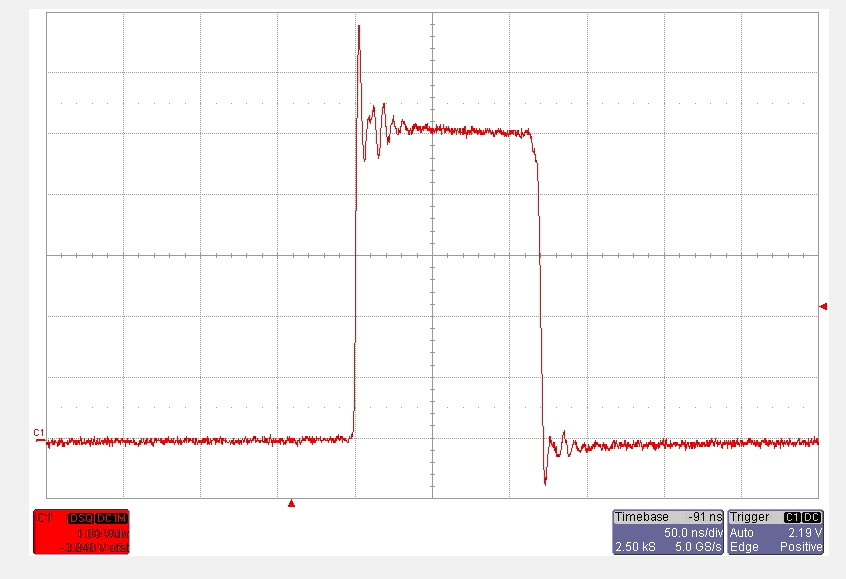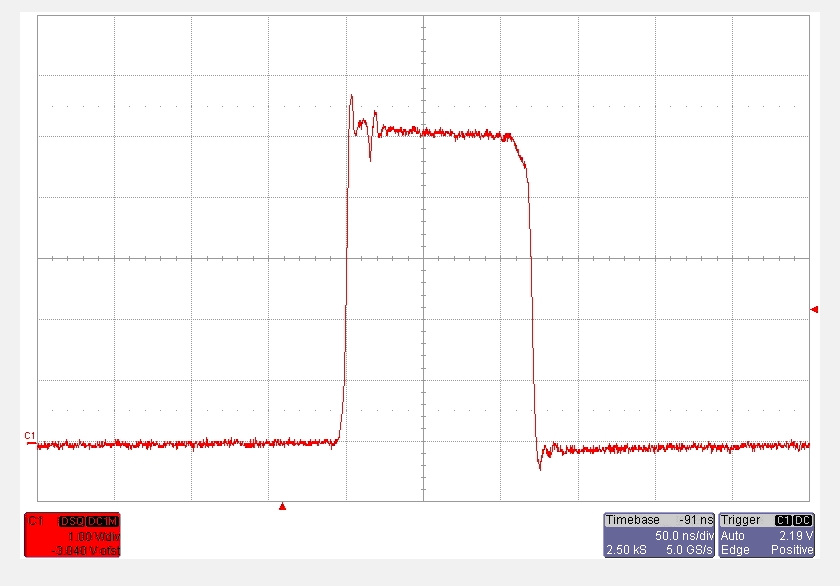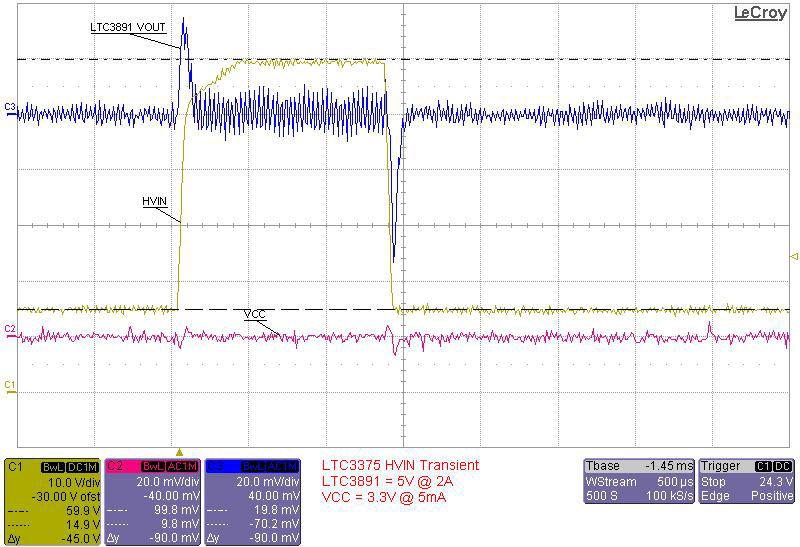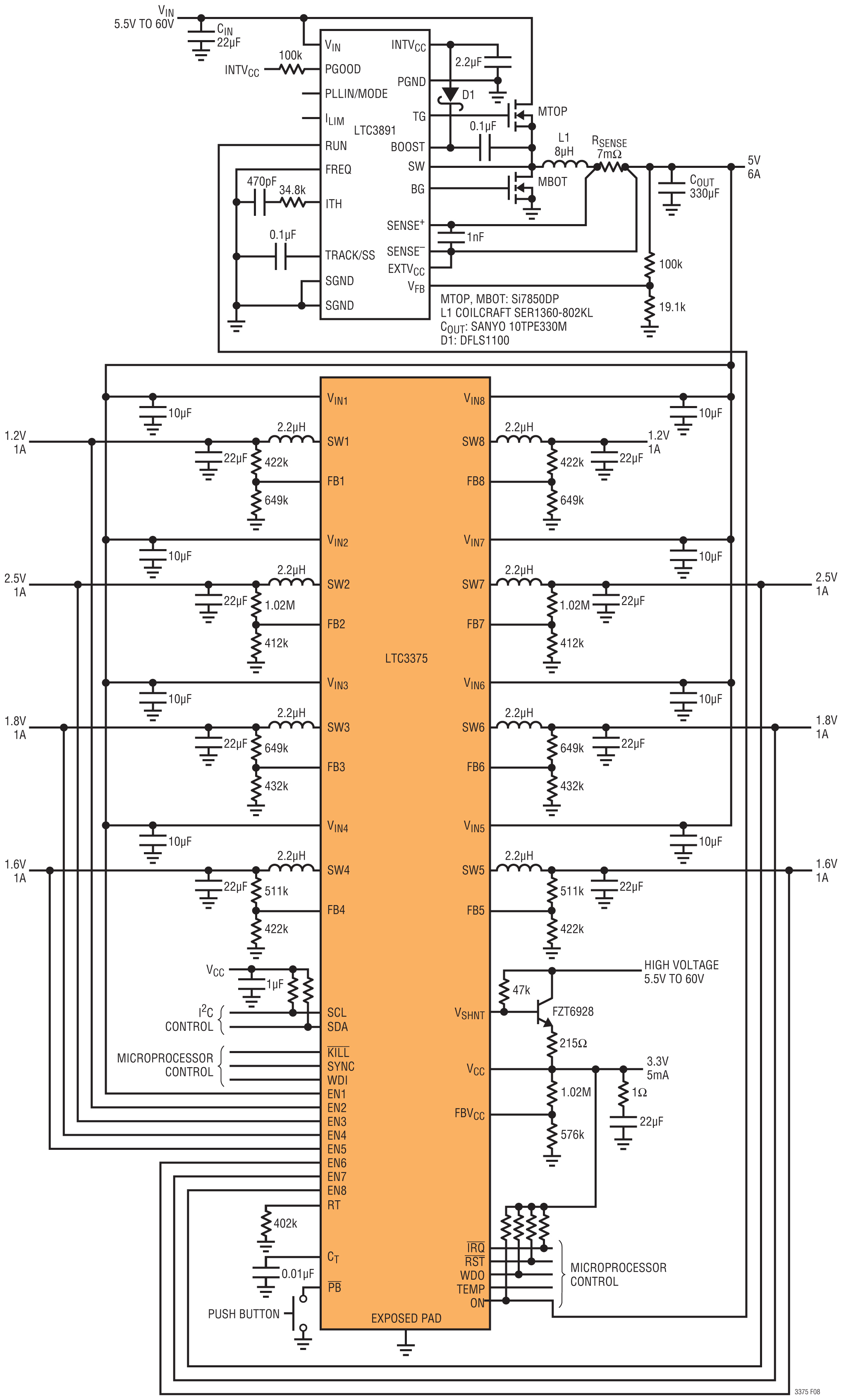Meeting the demands of infotainment
Innovative circuit design is leading to more flexibility in power system design for automotive entertainment systems. By Nathan Hanagami, Design Engineer, Steve Knoth, Senior Product Marketing Engineer, & Marty Merchant, Applications Engineer, all from the Power Products Group of Linear Technology.
The popularity of automotive infotainment systems continues to explode; modern advancements such as satellite radio, touch screens, navigation systems, Bluetooth, HDTV, integrated cell phones, media players, and video game systems have enhanced the driving experience. With over 50 million cars produced each year worldwide, the majority of new ones have some type of infotainment system integrated. From a power supply perspective, a basic infotainment console may require several low voltage power supply rails with several Amps of total current, and a premium console may require even more.
Traditionally, these voltage rails and current levels have been supplied by a multitude of discrete power regulator ICs or large overly-integrated power management integrated circuits (PMICs). However, these large PMICs often have more rails than are needed, require a large circuit footprint and are usually under-powered for some of the rails. As a result, there is a need for a multi-output IC which can provide a small solution footprint with a configurable number of moderately powered rails. Furthermore, wouldn’t there be further benefit if this same IC could be configured a variety of different ways to accommodate changes in power requirements that might arise during the development process? Thanks to innovative circuit design, this type of IC is now a reality.
Electronic systems design for automotive applications is challenging for many reasons: space is highly restricted, the operating temperature range must be wide, noise must be minimised, battery transients must be tolerated and quality levels must be high. Since integration levels must be high, this in turn creates a need for power efficient components. With today’s car dashboards so crowded with electronic systems, when combined with high ambient operating conditions it makes temperature monitoring a critical requirement, particularly when it comes to the operating temperature of the power management components. Alerting the system controller to an over-temperature condition allows software to mitigate an overheating problem by turning off less critical functions or reducing performance in processors and other high power functions such as displays and network communication.
Today’s car dashboards are often crowded with lots of noise sources and temperature sensitive sources such as radios, Bluetooth, GPS and cell phone-based network connections. Therefore, it is critical that all circuits in this environment, including the power supplies, do not produce excessive heat or EMI. In many cases, there are strict Electromagnetic Compatibility (EMC) requirements which cover radiated and conducted emissions, radiated and conducted immunity or susceptibility, and Electrostatic Discharge (ESD). Conforming to all of these requirements affects many performance aspects of a potential PMIC design. Some are straightforward, such as requiring that the DC-DC switching regulators operate at a fixed frequency outside of the AM radio band. However, others are more difficult to address, such as adjusting the slew rate of internal power FETs to minimise radiated emissions due to a DC-DC converter’s switch node transitions.
Feature creep
Changing product specifications — or ‘feature creep’ — such as input and output voltages, and output currents as the development cycle marches on, can wreak havoc on the selection of ICs and associated discrete components. In a best-case scenario, when a system specification is changed after the board layout is set, perhaps a voltage can be tweaked by swapping a few resistors on an adjustable output converter. In the worst case, perhaps a number of ICs need to be replaced with non-pinout compatible ICs because the new output current level requirements exceed the switch current rating of the incumbent ones.
Historically, many of the existing multi-output PMICs have not possessed the necessary flexibility to handle these modern systems. Any solution to satisfy the automotive power management IC design constraints outlined above must combine a high level of integration, including moderate-current buck switching regulators with low voltage capability, wide temperature range of operation, and a high degree of flexibility. What’s needed is a multi-channel, configurable DC/DC converter to address all of these issues; one device that can provide high levels of integration and configurability, while simultaneously satisfying the needs of numerous applications.
The LTC3375 is a highly-integrated general-purpose power management solution for systems requiring multiple low voltage power supplies. The device features eight independent 1A channels with I2C control, flexible sequencing and fault monitoring in a compact QFN package. The LTC3375 contains eight internally compensated, high efficiency synchronous step-down regulators plus a high voltage always-ON linear controller. Each buck regulator has its own independent 2.25V to 5.5V input supply and an output voltage range of 0.425V to VIN. The device’s pushbutton ON/OFF/RESET control, power-on reset and watchdog timer provide flexible and reliable power-up sequencing and system monitoring. The LTC3375 features a programmable and synchronised 1MHz to 3MHz oscillator with a 2MHz default switching frequency. Quiescent current is only 11µA with all DC/DCs off, saving power in always-on systems. It is ideal for a wide variety of multichannel applications including industrial, automotive and communications systems.
The LTC3375’s eight buck converters can be used independently or connected in parallel to achieve higher output currents up to 4A per output with a single shared inductor. Since up to four adjacent regulators can be combined, there can be 15 different possible output configurations.
The device also includes a system watchdog circuit that can be used to initiate an automatic system reset. The watchdog circuit monitors a microprocessor’s activity, which is required to change the logic state of the watchdog timer input (WDI) pin at least once every 1.5 seconds in order to clear the watchdog timer and prevent the watchdog timer output (WDO) pin from signaling a timeout.
Suppressing emissions
The LTC3375 PWM switching frequency is specifically trimmed to 2MHz with a guaranteed range of 1.8MHz to 2.2MHz with a 400k RT resistor. The RT resistor can be used to program any operating frequency between 1 and 3MHz. The regulators can also be set to a forced continuous PWM operating mode to prevent operation in burst-mode even at light loads. This not only keeps the frequency fixed but also reduces voltage ripple on the DC-DC output capacitors. Further the LTC3375 can be synchronised with an external clock ranging from 1 to 3MHz through the SYNC pin to further reduce system noise.

Figure 1a: Buck regulator switching at 2MHz with full speed rise and fall times

Figure 1b: Buck regulator switching at 2MHz, reduced speed rise and fall times
Another feature allows the user to slow down the switching edge rates specifically to reduce radiated emissions, while the slew rate of the switch on the buck regulators can be adjusted, via I2C. Since the buck regulators are synchronous, both the fall and the rise time are then increased. Figure 1 shows plots of switching with full speed and reduced speed (respectively) rise and fall times:
The linear controller may be run off of the 12V battery supply, supplying a relatively small amount of current. The output power of the LDO is dependent upon the components used; it can be sized to provide 50mA @ 20V if desired. This is ideal for supplying power to any ‘always on’ circuitry in an automotive infotainment system, while the LTC3375 only consumes 11μA of current in its powered down state. In this example, it eliminates the need for a separate low power supply to maintain the system memory.
Voltage excursions

Figure 2: LTC3375 High Voltage Transient Performance
Another hurdle for automotive electronics is the dramatic changes in battery voltage down to about 5V during cold crank, or from high voltage spikes. The automotive electronics not only need to survive these harsh voltage changes, but also need to continue operating. The LTC3375 has a push-button controller and external pass-FET regulator that can be used to enable an external high voltage buck, which in turn supplies the LTC3375 with a safe regulated voltage. See Figure 2 for details of the IC’s regulated output voltage performance during a high voltage transient.
The external pass-FET regulator can also be used to keep alive a microprocessor during cold-cranking operation if the external buck regulator drops out of regulation. The external enable pins allow the buck regulators to be enabled externally, with I2C, or a combination of both. The programmable interrupt (/IRQ) and reset (/RST) pins allow the micro to be alerted when an input voltage is below the under-voltage lockout (UVLO) threshold or an output voltage is out of regulation (see Figure 3 for details).

Figure 3: LTC3375 driven by a high voltage upstream buck converter
Technological advances in automotive infotainment, such as satellite radio, touch screens, navigation systems, Bluetooth and HDTV, have enhanced the driving experience in modern-day automobiles. Further, by replacing discrete power IC components or traditional large overly-integrated PMICs with a single multi-output octal buck IC, a system designer can integrate key power management functions for a new level of performance with smaller and simpler solutions. The LTC3375 is an example of this new generation of multi-output converter IC. It is a digitally programmable high efficiency multi-output power supply IC containing eight synchronous buck converters (IOUT up to 1A each) all powered from independent 2.25V to 5.5V input supplies, with low output voltage capability. Since up to 15 different output current configurations are possible, this flexibility allows a system designer to mitigate the impact of system feature creep. As a result, this IC solves many of the traditional problems usually associated with automotive infotainment system design, thus enhancing the modern automotive driving experience.











